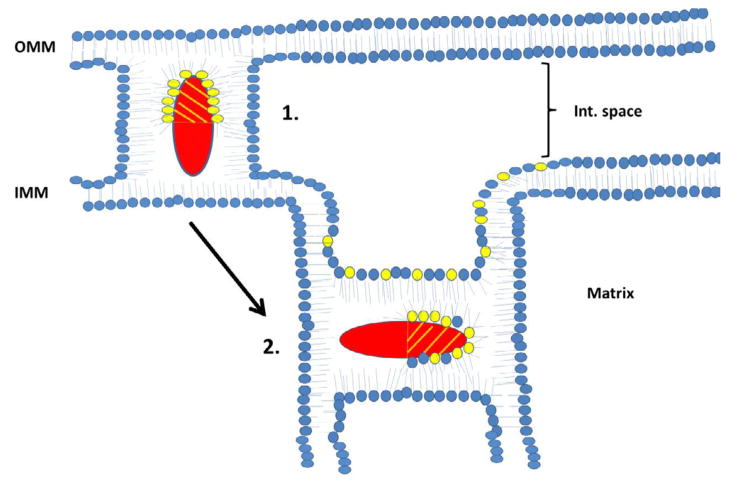Figure 4. Schematic diagram on the proposed mechanism by which cardiotoxins can interact and disrupt either the OMM or the IMM of mitochondria.
Following its internalization into the mitochondrial intermembrane space, cardiotoxin initially sequesters CL molecules that reside at the inner leaflet of the OMM and disrupt the organization of the lipid bilayer by promoting OMM rupture and/or swelling. Cardiotoxin can also form a transient inverted micelle by interacting with the inner and outer leaflets of the OMM and IMM respectively. Formation of inverted micelles triggers the fusion of OMM and IMM membranes and the subsequent externalization of CL to the outer leaflet of OMM (not shown in this figure). In addition, cardiotoxin can translocate to the IMM and disrupt mitochondrial function by altering both cristae and IMM structure (arrow showing the progression towards step 2).

